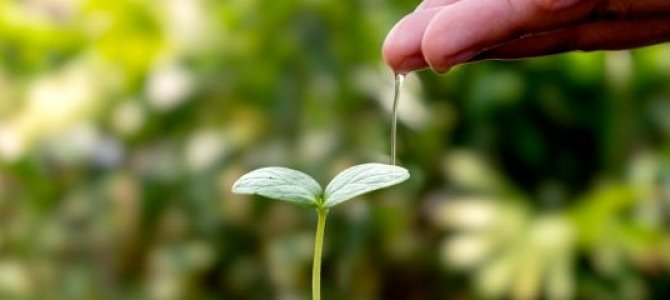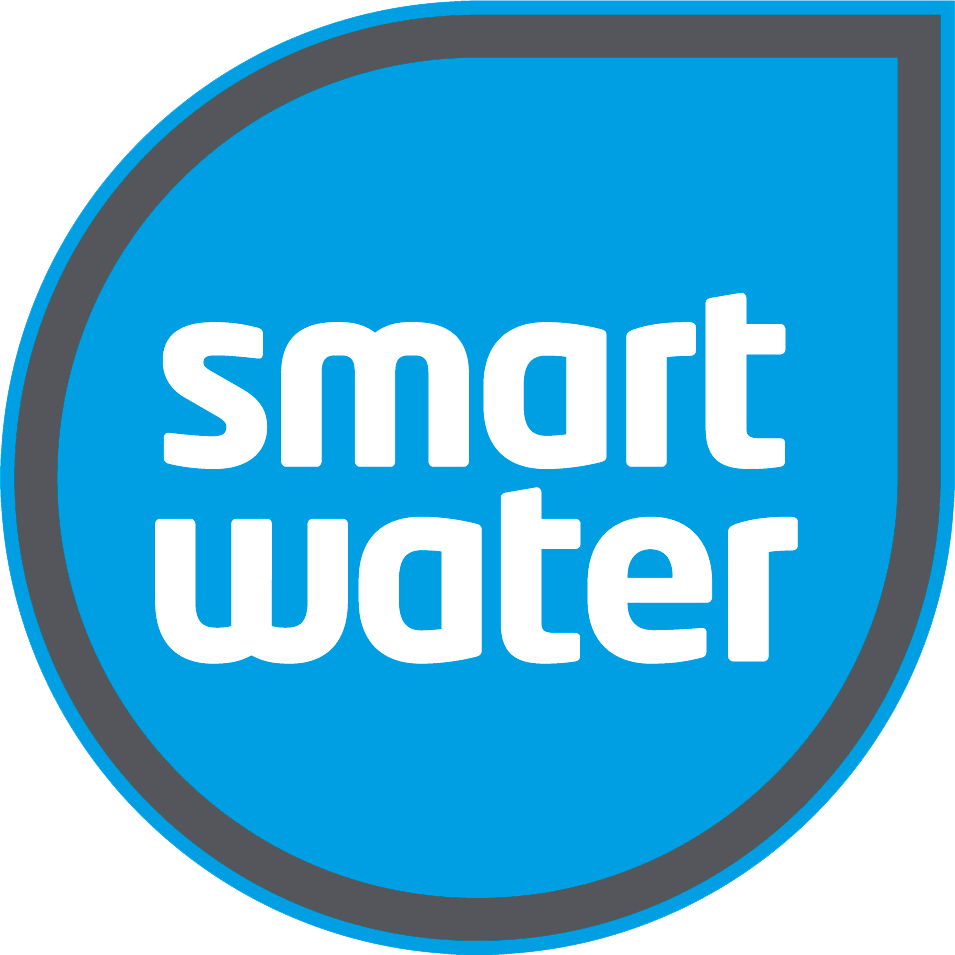 Shopping Cart
Shopping Cart
25 August 2023
The Role of Rainwater Harvesting in Sustainable Agriculture

Sustainable agriculture is not just a buzzword but a crucial concept that we need to understand and embrace for the future of food security and environmental conservation. It is a way of farming that ensures the long-term viability of agricultural practices, without harming the environment and is essential for ensuring future food security. One essential aspect of sustainable agriculture is rainwater harvesting.
In this blog post, we will explore the function of sustainable agriculture and the importance of rainwater harvesting in promoting it. We will discuss what rainwater harvesting is, the different types of rainwater harvesting, how it is applied in agriculture and the further benefits of rainwater harvesting.
Let’s dive in.
What is sustainable agriculture?
Sustainable agriculture is a way of farming that ensures the production of food while preserving the environment.
This type of farming maintains ecological balance, conserves resources, and ensures a stable and profitable economy for the farmers.
Sustainable agriculture practices vary by region and crop. Still, they typically aim to minimise the use of synthetic pesticides and fertilisers, reduce soil erosion and water contamination, and encourage the conservation of habitats and biodiversity. It is a way of farming that enables us to produce food without harming the environment.
Benefits of sustainable agriculture
Sustainable agriculture offers a range of benefits both for farmers and the environment. Here are some of the main benefits of sustainable agriculture:
1. Improved Soil Health
Sustainable agriculture practices can help to improve soil health, which is essential for healthy crops and healthy ecosystems. Sustainable farming techniques such as crop rotation, cover cropping, and composting can help to improve soil structure, increase organic matter content, and reduce erosion. These practices also help to promote beneficial microbial activity in the soil, which helps to unlock nutrients that are necessary for plant growth.
2. Reduced Use of Pesticides
Sustainable agriculture practices can also help to reduce the use of pesticides and synthetic fertilisers. Many sustainable farmers rely on natural methods such as crop rotation and companion planting to control pests and diseases, rather than relying on chemical pesticides or herbicides. This reduces the amount of chemicals used on crops and helps to protect human health and the environment.
3. Increased Crop Yields
Contrary to popular belief, sustainable agriculture practices can actually increase crop yields over time. Sustainable farming techniques such as crop rotation, cover cropping, and composting can help to improve soil fertility, which leads to increased nutrient availability for plants and better water retention in the soil. This leads to healthier plants that are more resistant to disease and pests, resulting in higher yields over time.
4. Improved Animal Welfare
Sustainable agriculture also promotes improved animal welfare by requiring farmers to provide their animals with ample space for exercise and access to pasture or range land where possible. Additionally, sustainable farms often provide their animals with a diet that is free from growth hormones or antibiotics, which helps promote better health for animals raised in these systems.
5. Reduced Carbon Footprint
Sustainable agriculture practices can help reduce a farm’s carbon footprint by reducing energy consumption associated with traditional farming methods such as ploughing or tilling fields prior to planting each season. Sustainable farming techniques such as no-till farming require less energy than traditional methods because they do not require additional fuel or machinery used each year when preparing fields for planting.
6. Improved Water Quality
Finally, sustainable agricultural practices can also help to improve water quality by reducing runoff into waterways from fields treated with synthetic inputs such as fertilisers or pesticides. Additionally, improved soil health resulting from sustainable agricultural practices increases infiltration rates which reduces surface runoff into waterways while recharging groundwater supplies which in turn provides a reliable source of drinking water for communities located near agricultural lands.
What is rainwater harvesting?
Rainwater harvesting is a process of collecting and storing rainwater for later use. This process involves the collection of rainwater from roofs and other surfaces and storing it in tanks, cisterns, or other containers.
Rainwater harvesting is becoming increasingly popular worldwide, as it reduces dependency on municipal water supplies, reduces the demand for energy, and conserves water.
Rainwater harvesting in agriculture
Rainwater harvesting plays a crucial role in sustainable agriculture. This practice can help farmers reduce their reliance on irrigation and water from other sources. It can also help conserve soil and water resources while improving crop yields. Rainwater harvesting can also protect crops against droughts, floods, and other weather-related factors.
Types of rainwater harvesting
In agriculture, there are mainly two types of rainwater harvesting systems: passive and active systems.
Passive systems involve the use of gravity to collect rainwater and channel it into storage tanks.
Active systems use pumps and other mechanisms to collect rainwater and transport it to storage tanks. The choice of the system depends on the needs and budget of the farmer.
Here are some examples of passive rainwater harvesting which are most commonly used not only in agriculture but also domestically and in industrial and commercial environments:
1. Surface Runoff Collection
Surface runoff collection is one of the most common types of rainwater harvesting. This method involves collecting water from surfaces such as rooftops, driveways, and other impervious surfaces. The collected water can then be stored in tanks or cisterns for later use. This type of rainwater harvesting helps to reduce flooding and soil erosion by preventing stormwater from running off into rivers and streams.
2. Infiltration Systems
Infiltration systems are another type of rainwater harvesting that involves collecting water from impervious surfaces and allowing it to soak into the ground below. This type of system can help to recharge groundwater supplies and reduce the amount of stormwater runoff entering rivers and streams. It also has the added benefit of helping to improve soil health by adding nutrients to the soil.
3. Rain Gardens
Rain gardens are a type of rainwater harvesting system that involves creating a shallow depression in the ground that is filled with native plants and mulch. When rainfall occurs, the water is collected in the depression, where it is slowly absorbed by the plants and mulch, reducing runoff into nearby bodies of water. Rain gardens also help to improve air quality by removing pollutants from stormwater before it reaches rivers or lakes.
4. Green Roofs
Green roofs are another type of rainwater harvesting that involve installing vegetation on top of buildings or homes in order to collect rainfall before it runs off into nearby bodies of water. Green roofs can help to reduce energy costs by providing insulation for buildings, while also helping to reduce stormwater runoff and improve air quality in urban areas.
5. Rain Barrels
Rain barrels are an easy way for homeowners to collect rainfall from their rooftops for later use in their gardens or landscape. By collecting rainwater in barrels, homeowners can save money on their monthly water bills while also helping to conserve water resources during periods of drought or low rainfall amounts.
Other benefits of rainwater harvesting
Apart from the benefits of rainwater harvesting in agriculture, it also has other benefits across various industries and homeowners.
In homes, rainwater harvesting can help conserve water and reduce water bills significantly.
In commercial industries, it helps to meet water needs while saving on operational costs. It also reduces the reliance on municipal water and provides an independent water supply.
How Smart Water is facilitating sustainable farming
Smart Water is a New Zealand-based company that specialises in smart water management solutions that help farmers and other industries to manage their water resources more effectively.
We have a range of water tank level monitoring systems that farmers can use to monitor their water tanks remotely. This technology enables farmers to optimise their water use and avoid wasting water by monitoring the water levels in their tanks continually.
Summary
Sustainable agriculture is an essential aspect of ensuring food security and protecting the environment.
Rainwater harvesting is also crucial in promoting sustainable agriculture and conserving water resources. It has significant benefits across various industries and homeowners, as well as in agriculture.
Smart Water is an innovative company that enables farmers to monitor their water tanks remotely with their advanced technology. These solutions not only support sustainable agriculture but also enable efficient water management across various industries.
As such, we must embrace rainwater harvesting and smart water management solutions to ensure a sustainable future.
